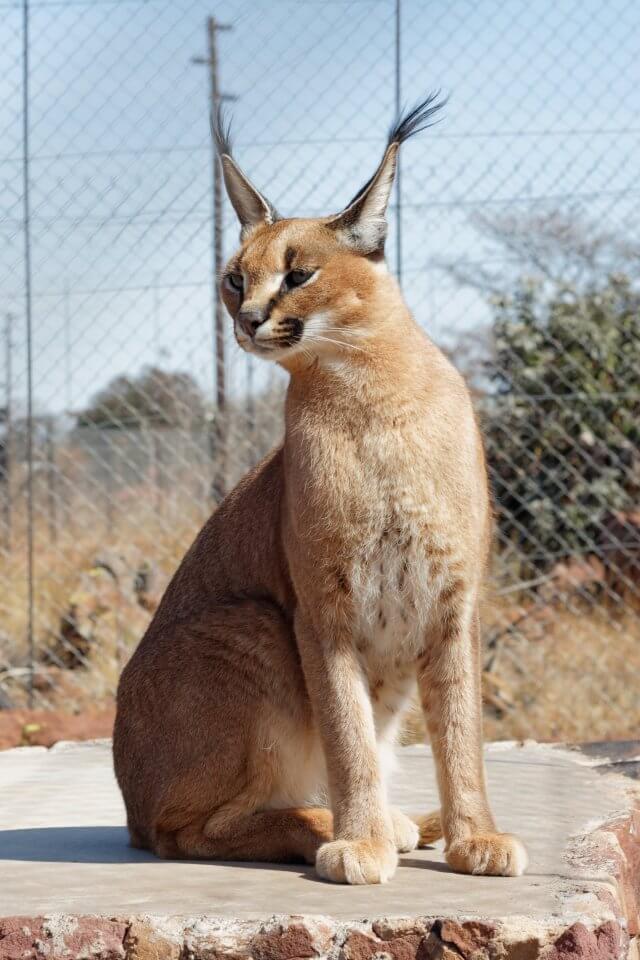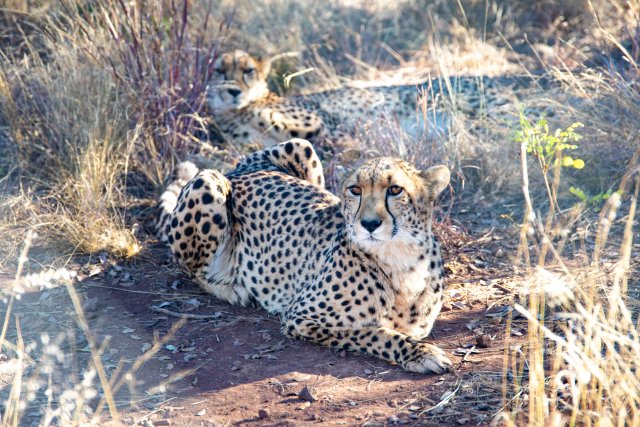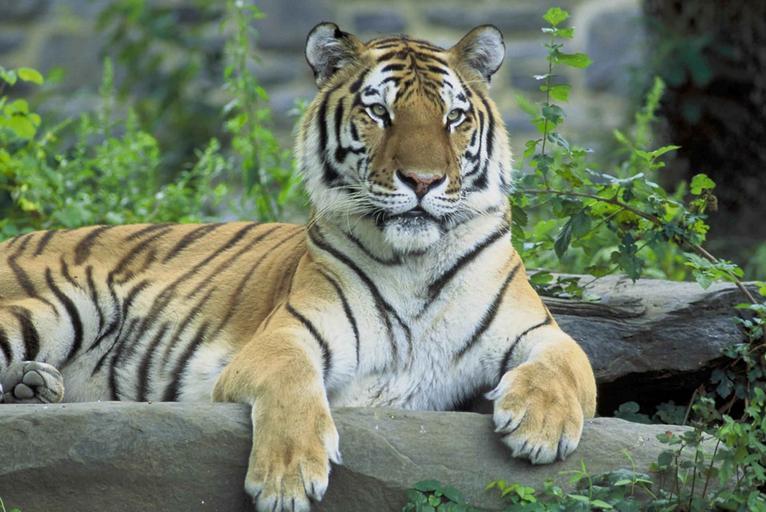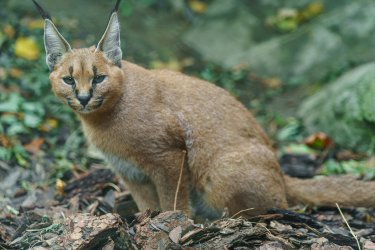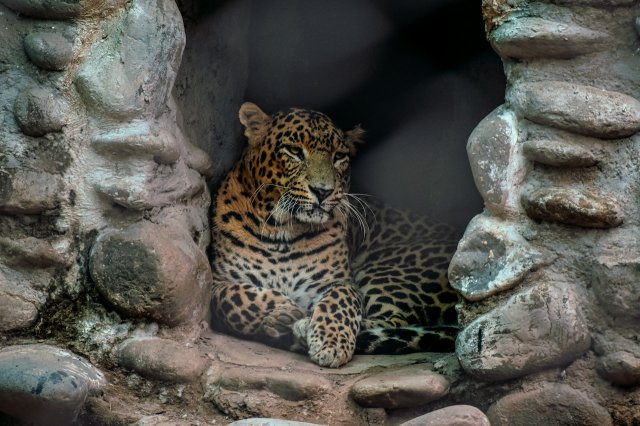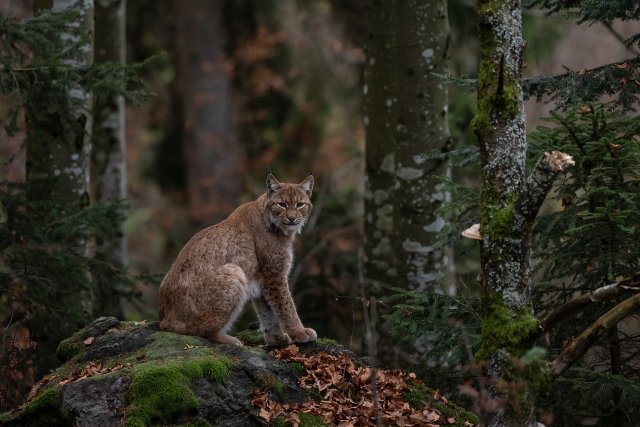From the Wild to Captivity: The Captivating Life of Caracals in Captivity
From the Wild to Captivity: Unveiling the Hidden World of Caracals
From the Wild to Captivity: The Life of Caracals in Captivity is a study that explores the transition and experiences of caracals, a species of wild cat, when they are kept in captivity. This research delves into the various aspects of their lives, including their physical and psychological well-being, behavioral adaptations, and the challenges they face in adjusting to a captive environment. By examining the lives of caracals in captivity, this study aims to shed light on the implications of keeping these animals in confinement and the potential consequences for their overall welfare.
The Behavior and Adaptation of Caracals in Captivity
From the Wild to Captivity: The Life of Caracals in Captivity
The Behavior and Adaptation of Caracals in Captivity
Caracals, also known as desert lynxes, are fascinating creatures that have captured the attention of many wildlife enthusiasts. These medium-sized wild cats are native to Africa, the Middle East, and parts of Asia. While they are known for their agility, speed, and hunting prowess in the wild, their behavior and adaptation in captivity is a topic that warrants exploration.
When caracals are brought into captivity, whether it be in zoos or private collections, they undergo a significant change in their environment. This transition from the wild to captivity can have a profound impact on their behavior and overall well-being. Understanding how caracals adapt to their new surroundings is crucial for ensuring their welfare in captivity.
One of the most noticeable changes in caracals’ behavior in captivity is their reduced activity levels. In the wild, caracals are highly active animals, spending a significant portion of their time hunting and patrolling their territories. However, in captivity, their movement is often limited to the confines of their enclosures. This lack of space can lead to decreased physical activity and can have negative effects on their physical and mental health.
To mitigate the impact of reduced activity, it is essential for caracals in captivity to have access to spacious enclosures that mimic their natural habitat as closely as possible. Providing them with ample room to roam, climb, and explore can help alleviate some of the behavioral changes associated with captivity. Additionally, incorporating enrichment activities such as puzzle feeders and hiding spots can stimulate their natural hunting instincts and keep them mentally engaged.
Another aspect of caracals’ behavior in captivity is their social interactions. In the wild, caracals are solitary animals, with males and females coming together only for mating purposes. However, in captivity, they may be housed in pairs or small groups. This social dynamic can have both positive and negative effects on their behavior.
On one hand, socializing caracals can provide them with companionship and mental stimulation. They may engage in play behaviors, grooming each other, and even form strong bonds. On the other hand, forced socialization can lead to aggression and stress, especially if the individuals are not compatible. It is crucial for caretakers to carefully monitor the interactions between caracals and provide them with the option to retreat to their own space if needed.
In terms of adaptation, caracals in captivity often rely on their natural instincts to cope with their new environment. Their acute senses, such as hearing and sight, remain highly developed, allowing them to detect even the slightest movement or sound. This adaptation is particularly useful in captivity, where they may encounter unfamiliar stimuli or potential threats.
Furthermore, caracals have a remarkable ability to adapt their hunting techniques to the available food sources in captivity. In the wild, they primarily prey on small to medium-sized mammals, birds, and rodents. However, in captivity, their diet may consist of commercially prepared meat or a combination of raw meat and supplements. Despite this change in diet, caracals can quickly adapt and continue to thrive.
In conclusion, the behavior and adaptation of caracals in captivity are influenced by various factors, including their environment, social interactions, and natural instincts. Providing them with spacious enclosures, enrichment activities, and appropriate socialization opportunities can help mitigate some of the negative effects of captivity. By understanding and addressing their specific needs, we can ensure the well-being and conservation of these magnificent creatures in captivity.
Conclusion
In conclusion, the life of caracals in captivity differs significantly from their natural habitat in the wild. While captivity provides certain benefits such as protection from predators and a consistent food source, it also imposes limitations on their natural behaviors and instincts. Caracals in captivity often face challenges related to space constraints, lack of mental stimulation, and reduced opportunities for social interactions. These factors can lead to physical and psychological issues, impacting their overall well-being. Therefore, it is crucial to prioritize the welfare of caracals in captivity by providing appropriate enclosures, enrichment activities, and opportunities for socialization to ensure a better quality of life for these magnificent creatures.
Read More About Caracals From Wikipedia

